The watchmen at mount Iyvara sharpen Russia’s view towards northern NATO territory
New radars at the small mountain top significantly expand Russian air defence forces’ eyes and ears over northern Finland and Norway.

For decades, there have been military radars on the small mountain top in the Pechenga area. From Iyvara, there is good view over the flat and open landscape that stretches across the Arctic borderland.
From the 264 meter high hilltop, Russia’s air defence forces look down at the Pasvik River. And far beyond.
From Iyvara, it is possible to watch hundreds of kilometres into NATO territory and the the Nordic countries, a region that Moscow defines as ‘very unfriendly.’ This is also a well suited site for electronic warfare.
It is a spot of increasing relevance for the country that has unleashed a war of aggression against Ukraine and regularly threatens its other neighbors.
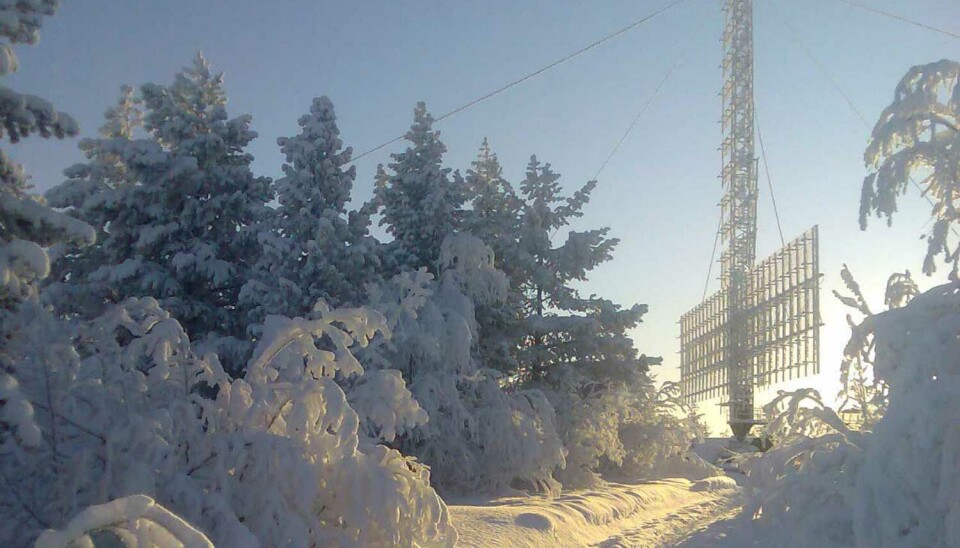
Over the past few years, Russia has significantly boosted its activity at Iyvara. Satellite images show that there now are two new, big radars on site. Both are covered by cupolas, one of them about 40 metres wide, the second about 30 metres wide.
Their type and capabilities are not clear, but they could be similar to the radars in Zapolyarny, as well as the Rybachii Peninsula. Both of the latter monitor activities in neighbouring Norway and the Barents Sea.
The new radars at Iyvara have been built in the period between 2018 and 2022.
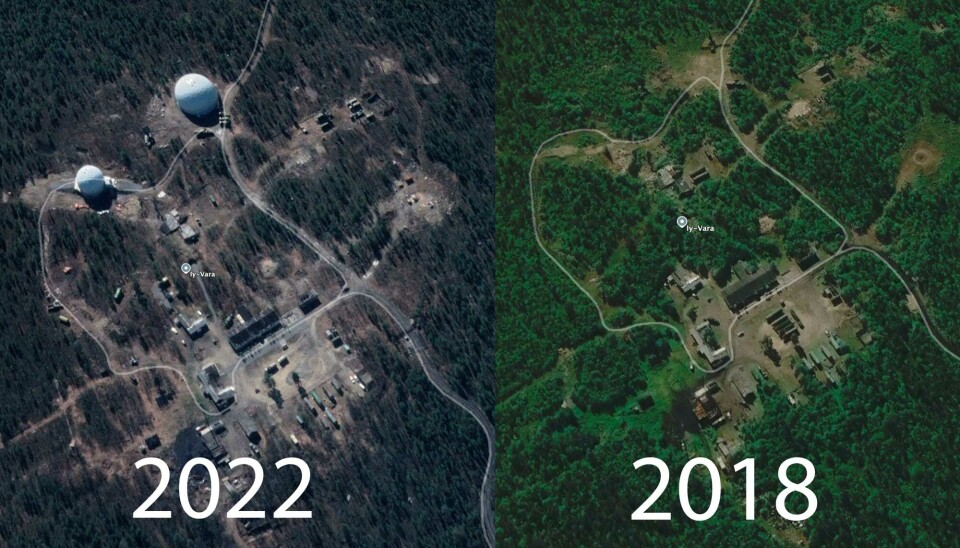
In addition, there are several mobile radar stations on site. Satellite images from 2022 reveal a number of antennas and vehicles. Most likely, the Nebo M is among the installations.
When journalists from the Barents Observer in 2015 visited the Russian border area, they coincidently ran into a column of mobile radar units. Among them were vehicles with a Nebo M and a KU-RLK command post. Probably, the column also included a vehicle with Krasukha, the mobile, ground-based, electronic warfare system.
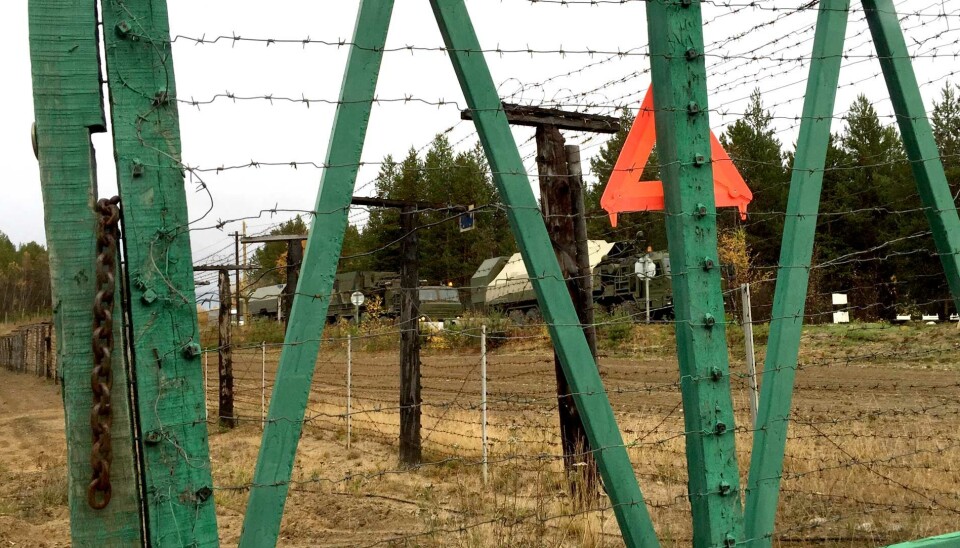
The radars at Iyvara are located about 5 km from the Finnish border and 13 km from Norway. Several Nordic military bases and training facilities are located nearby. Finland’s Rovaniemi airfield is about 300 km away, the Sodankyle training field – 190 km, the Ivalo base – about 70 km away and Norway’s border guard and ranger unit in Kirkenes – 100 km.
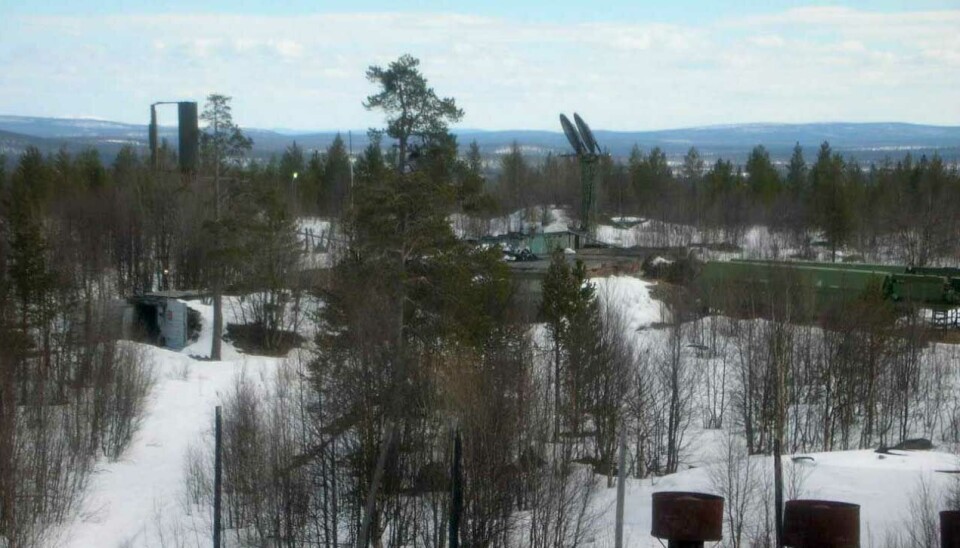
From Iyvara, the Russian air defence forces can also keep track of the quickly growing NATO air activities in the area. Over the past couple of years, a number of allied aircraft, including surveillance planes and bombers, have made flights along Finland’s border to Russia.

It is military unit 28278 that runs the radar station at Iyvara. A social media page for servicemen that previously have worked on site reveals that a major upgrade has taken place over the past years.
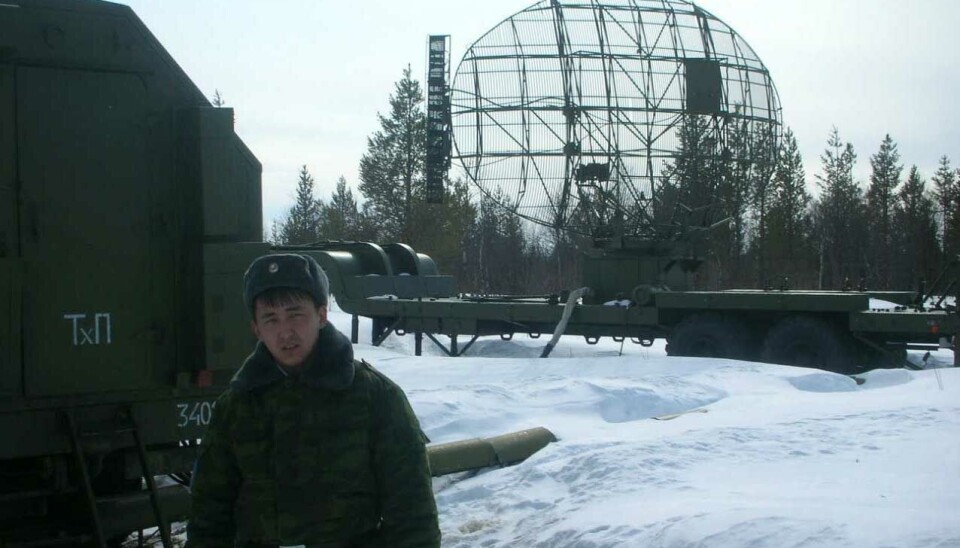
The upgrade includes not only hardware and technology, but also housing and service facilities. A man, who served on site in the period 2005-2007 expresses amaze when he hears a soldier describing the conditions from 2018.
“You have new bunk beds. And you have skis! When I served [in 2005-2007] we even had to go with buckers to get water,” a man named Sergei Yegorov writes.
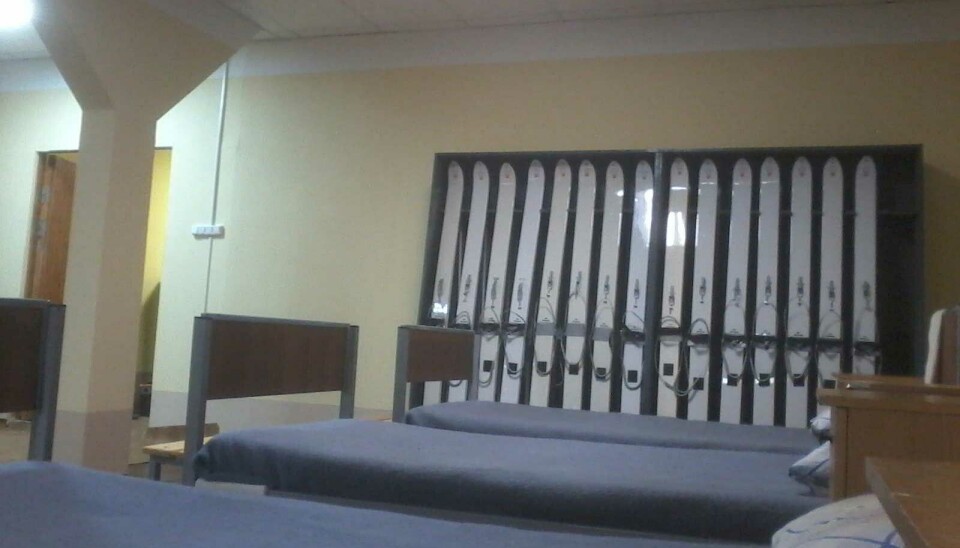
“Everything has changed and you would not recognise the place. There has been a total refurbishment and there are now excellent barracks,” man writes about the conditions in 2018.
Photos posted at the VK page of unit 28278 show several historical phases of the radar station. Back in the 1980s, there were at least four families with kids living in the base. Before the recent upgrade, the base included the ST-68U (Thin Shield) and P-14 (Tall King) radars and later the Nebo complex.
Back in 1986, the Czechs erected one of their KRTP-81 RAMONA radars on the mountain. At that time, there was also anti-aircraft artillery installation on the hilltop.
Among the men that have served at Iyvara, several are today fighting in Ukraine. Sergei Yegorov is one of them.
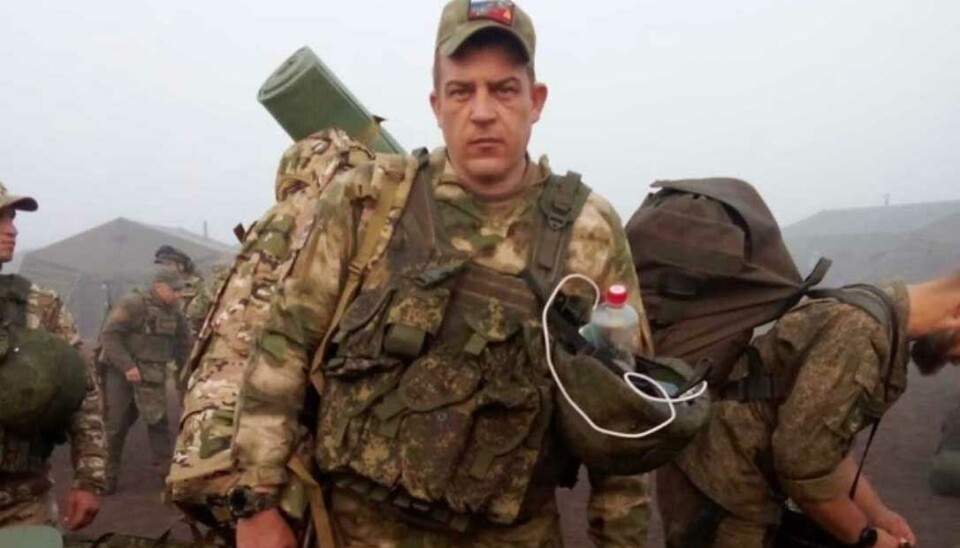
On his private VK page, the man from St.Petersburg shows photos of how he in September 2024 was sent by railway toward the occupied territories. Three months later, he posted photos of himself with fellow warriors from the frontline.
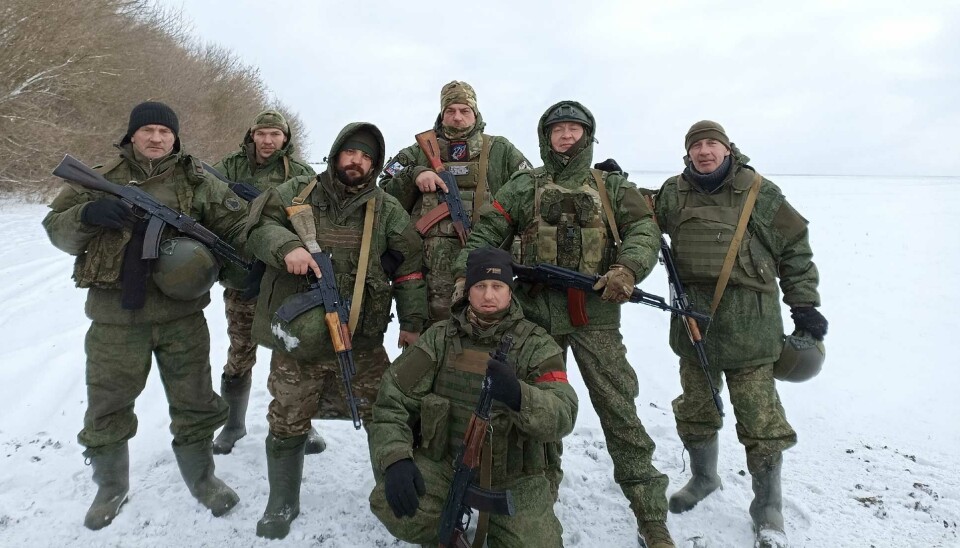
Also Eduard Arslanov served at Iyvara and posted photos of himself at the base in 2015. Judging from his social media page, he is now probably in Ukraine.
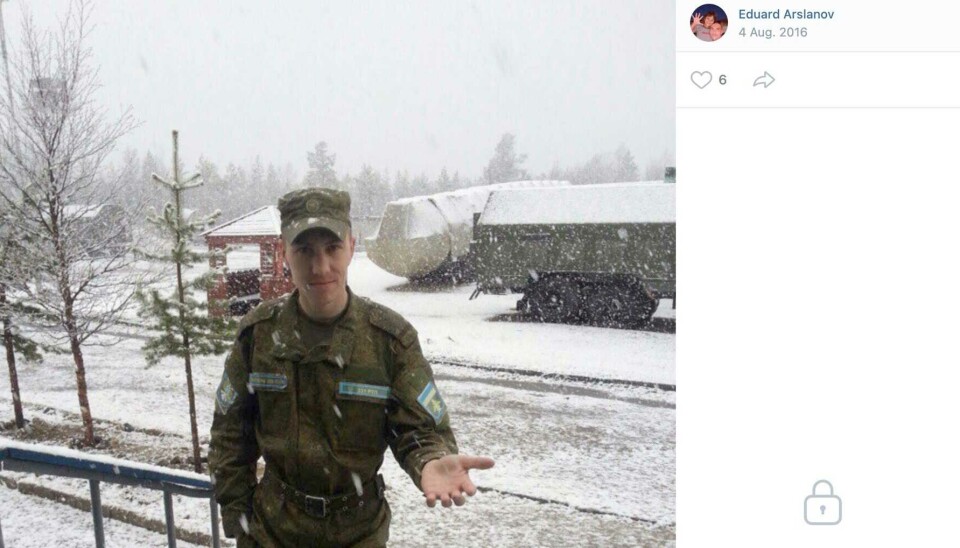
It is not clear whether Arslanov and the other servicemen from Iyvara that today fight in Ukraine are involved in managing radar stations like the ones on the far northern hilltop near Finland and Norway.
Located in Kirkenes, Norway, just a few kilometres from the borders to Russia and Finland, the Barents Observer is dedicated to cross-border journalism in Scandinavia, Russia and the wider Arctic.
As a non-profit stock company that is fully owned by its reporters, its editorial decisions are free of regional, national or private-sector influence. It has been a partner to ABJ and its predecessors since 2016.